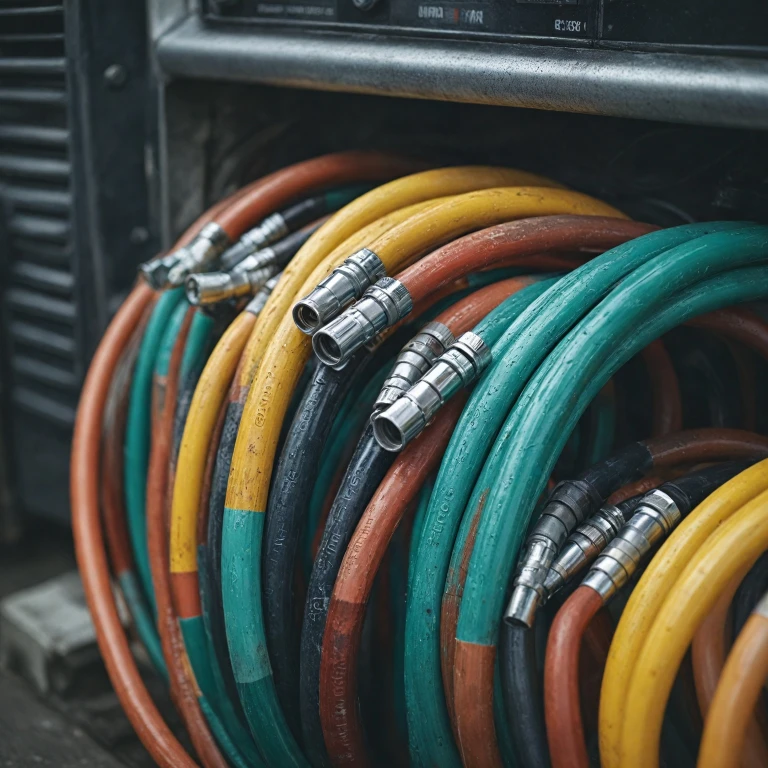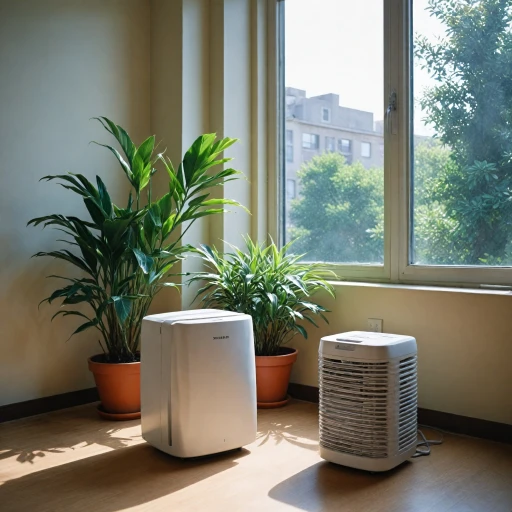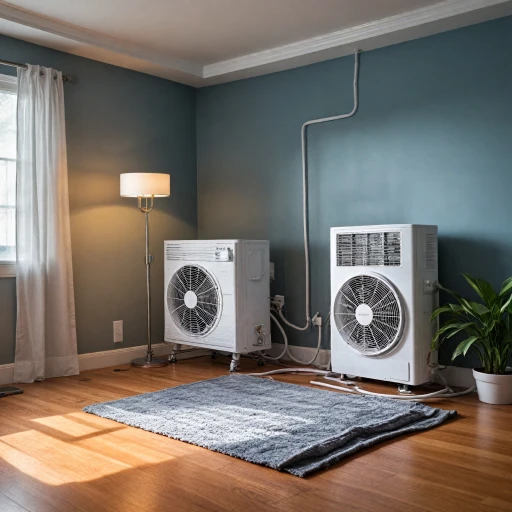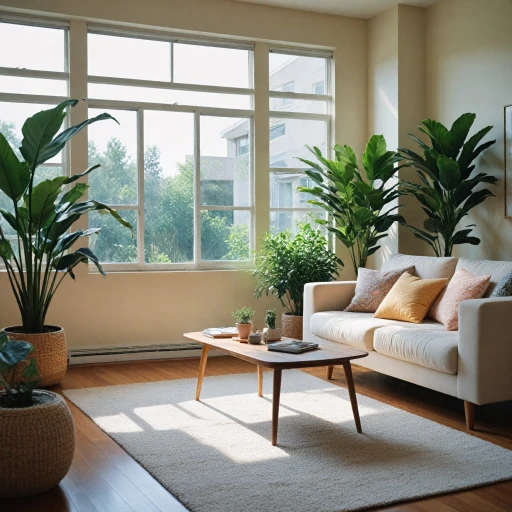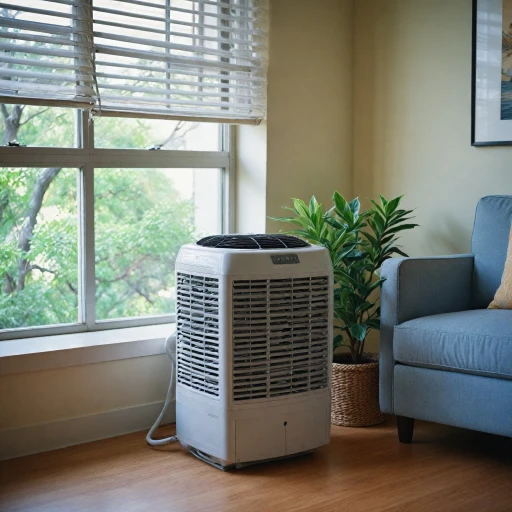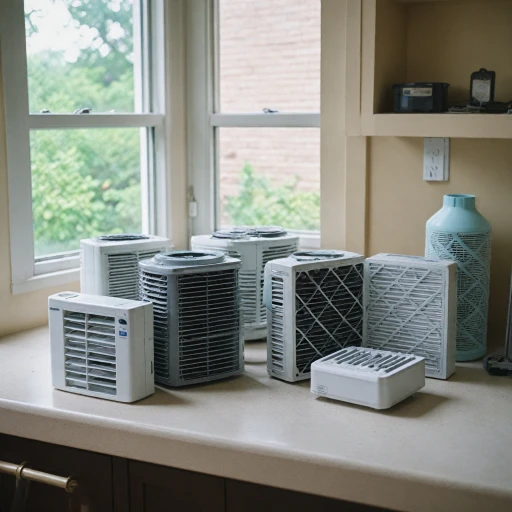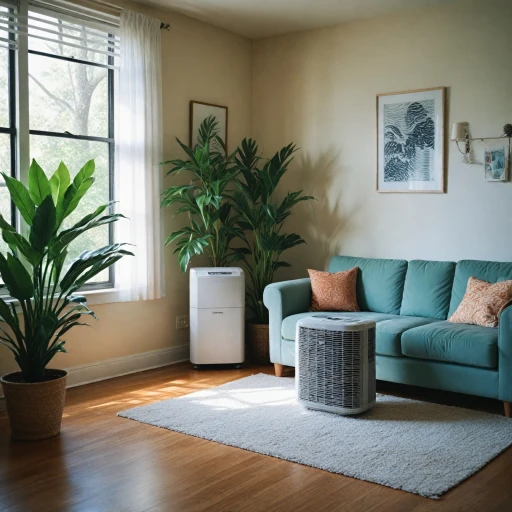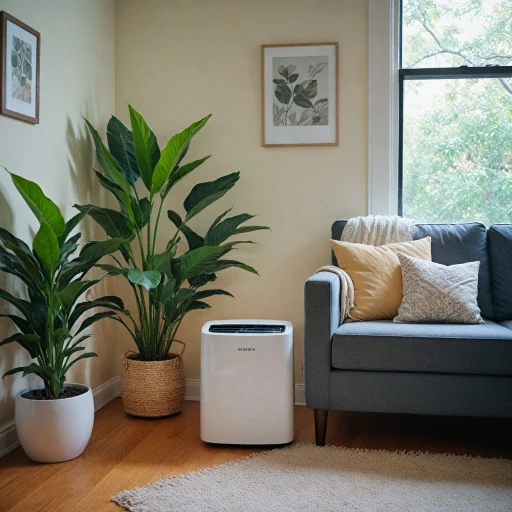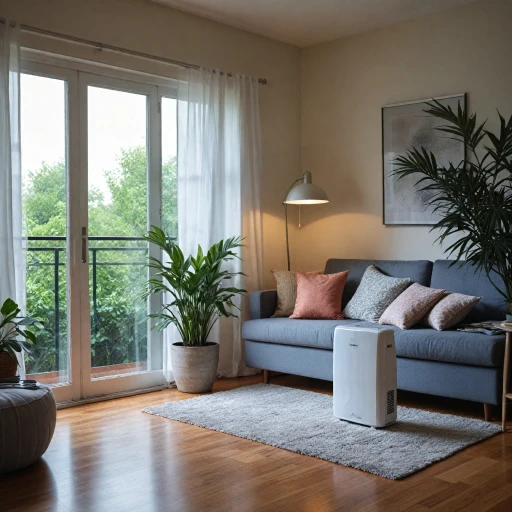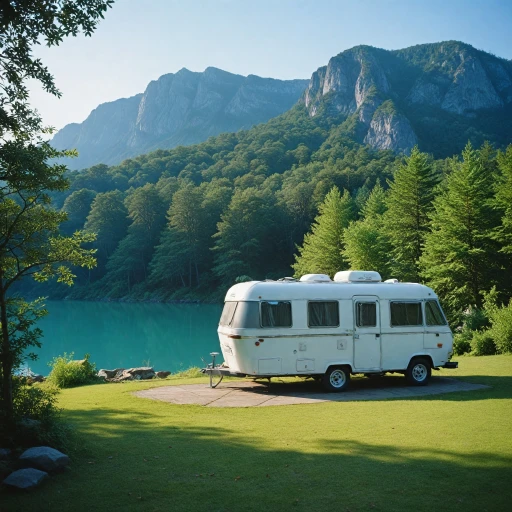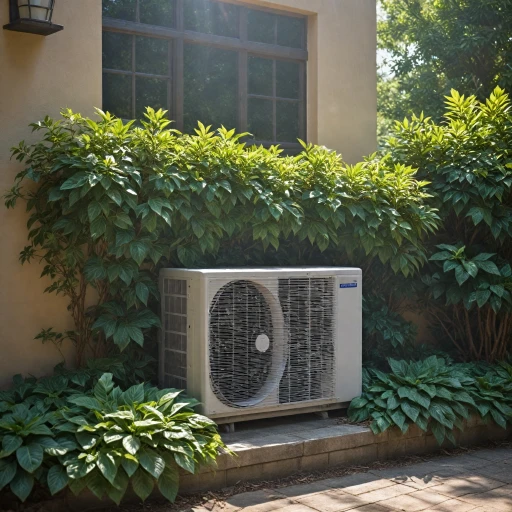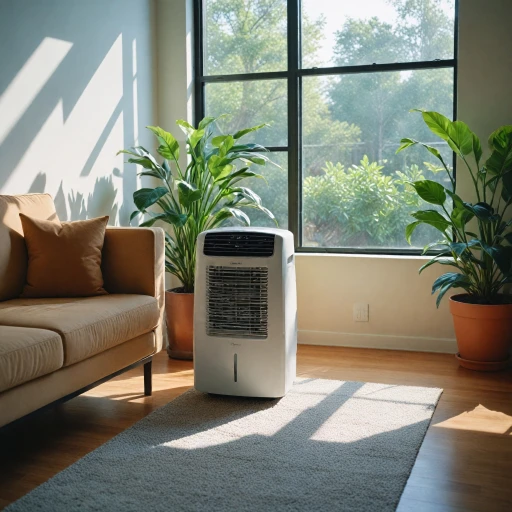
The Role of Hoses in Portable Air Conditioners
The Essential Functions of Hoses in Portable Air Conditioners
Portable air conditioners are effective tools in addressing the climate control needs of various environments, providing both heating and cooling options. A critical component that ensures these units function efficiently is the air conditioning hose. This equipment connects the portable air conditioning unit to the exterior environment, playing a pivotal role in managing indoor temperatures. The primary function of the hose is to act as an exhaust, effectively expelling hot air from the interior space to the outside environment. This process ensures that the room will remain cool by maintaining the desired interior temperature. Without a properly functioning exhaust hose, the efficiency of the unit greatly diminishes, as hot air cannot be directed away, thereby impeding the cooling process. Moreover, the design and material of the hose are crucial as they provide an effective barrier against heat, minimizing any heat exchange that might otherwise compromise the system’s efficiency. The diameter of the hose often influences the overall effectiveness as well; larger diameters generally allow for improved air flow, facilitating better exhaust management. In addition to these essential functions, the construction and material handling of these hoses must support the heavy duty demands placed upon them during operation. A well-designed conditioner hose should withstand the constant bend radius necessary for varied installation situations, adapting to unique room layouts while maintaining optimal performance. For those seeking further insights, understanding the role of the exhaust hose in portable air conditioners provides essential knowledge to maximize your unit’s performance. Discover more about the importance of this link in enhancing your system's capacity by visiting here.Types of Air Conditioning Hoses
Exploring Different Hose Options for Portable Air Conditioners
Portable air conditioners rely heavily on their hoses to efficiently expel hot air and maintain a cool room environment. Understanding the various types of hoses available can help ensure your unit works effectively. Let's delve into the materials and designs that make up these crucial components. Flexible hoses are a popular choice due to their ease of installation and adaptability to different room layouts. They can bend around obstacles and fit into tight spaces, making them a versatile option for many users. When selecting a hose, consider the bend radius, as it affects how seamlessly the hose can integrate into your space without compromising airflow. The inside diameter of the hose is another significant factor. A larger diameter allows for better airflow, which is critical for an efficient cooling system. However, it should match your unit's exhaust outlet to ensure a proper fit. Most portable air conditioning units come with a standard diameter, but always double-check to be sure. Material handling also plays a role in hose selection. Heavy-duty materials like reinforced plastic are ideal for durability and flexibility. These materials withstand frequent handling and bending without wear and tear, providing a longer-lasting solution. Single hoses are common for compact and affordable units, channeling exhaust air out of the room. While effective in smaller spaces, they might reduce efficiency in larger areas due to their continuous need to draw in and cool the interior air. When examining the barrier qualities of the hose, opt for those designed with non-absorbent materials to prevent external heat from penetrating the hose and entering the cooled room. For more insight into the importance of selecting the right hose for your portable air conditioner, visit the guide on understanding the role of a flexible hose in portable air conditioners. Choosing the appropriate hose can make a significant difference in your conditioning unit's overall performance and longevity.Choosing the Right Hose for Your Portable Air Conditioner
Selecting the Ideal Hose for Optimal Performance
Choosing the right hose for your portable air conditioner is pivotal for maximizing efficiency and ensuring a cool, comfortable room. There are numerous factors to consider, including the type of ventilation system, material, and design, which play a crucial role in determining the hose's effectiveness.
When evaluating an exhaust hose, consider the bend radius and the inside diameter. A hose with a larger diameter may facilitate more efficient air flow, allowing the unit to expel hot air more effectively. This can be especially important for larger rooms and spaces that require more robust cooling.
- Material Handling: Opt for hoses made from durable materials like heavy duty plastic or reinforced synthetic fabrics. These materials function as an effective heat barrier, preventing hot air from re-entering the interior through the hose itself.
- Single Hose vs. Dual Hose: A single hose system is typically more affordable and easier to install. However, dual hoses offer a more efficient cooling system as they use one hose for air intake and another for air expulsion. This creates a balanced air pressure that can significantly boost the unit's performance.
- Design Adaptability: Look for hoses that can complement your air conditioner's design. A flexible hose that can easily be maneuvered around obstacles or fitted through tight spaces can make installation and use much more convenient.
For an in-depth exploration of how different types of hoses can enhance performance, check out this insightful guide on flexible hoses.
While making your selection, it's essential to consider the specific needs of your space and the unique attributes of your conditioning unit. A carefully chosen hose not only maximizes the efficiency of the air conditioner but also contributes to its longevity and effectiveness.
Installation Tips for Air Conditioning Hoses
Proper Hose Installation for Optimal Airflow
Installing air conditioning hoses may seem straightforward, yet it greatly impacts the efficiency of your portable air conditioning unit. The exhaust hose plays a crucial role in directing hot air out of your room, therefore, installing it correctly is vital for achieving optimal cooling performance.
Step-by-Step Installation Process
- Position Your Unit: Place your portable air conditioner close to a window or sliding door, where the exhaust hose can be extended to discharge the hot air outside efficiently. Avoid placing the unit near any obstructions that might disrupt airflow.
- Secure the Adapter Kit: Modern design kits come with an easy-to-use adapter. Attach the window or wall adapter that accompanies your unit, fastening it securely to keep the room airtight. This helps act as a barrier, preventing hot air from reentering the room.
- Attach the Exhaust Hose: Connect the exhaust hose to the back of the conditioning unit, ensuring a tight fit around the designated vent. Ensure that the single hose or dual setup, as per your unit will, is straight without sharp bends to allow smooth passage of hot air. Limiting the bend radius is key to reducing pressure loss and enhancing system efficiency.
- Extension of Exhaust Hose: Extend the exhaust hose through the adapter in the window or door opening. The hose's inside diameter and length should be appropriate for your unit to handle the hot air volume effectively.
Overcoming Common Installation Challenges
Material handling and ensuring your unit's stability can sometimes pose installation challenges. Investment in heavy-duty hoses with flexible, durable material can aid in maintaining the integrity and efficiency of installation, particularly in corners where versatility and adaptability in hose length and diameter are needed.
Remember, the correct installation of hoses enhances the overall system's capacity to cool the room more effectively by ensuring efficient exhaust and reducing any insulating heat barriers. For more detailed guidance on the requirements and importance of exhaust hoses, you might want to explore Understanding the Role of the Exhaust Hose in Portable Air Conditioners.
Maintenance and Troubleshooting for Air Conditioning Hoses
Maintenance and Troubleshooting for Efficient Operation
Proper maintenance of your portable air conditioner includes ensuring the hoses are in optimal condition to efficiently manage the exhaust and intake of air. Dust and debris can accumulate inside the exhaust hose and reduce the flow of hot air out of the room, impacting the cooling efficiency. Regular cleaning of the hoses is crucial to maintain the unit's performance. Use a soft brush or a vacuum to remove debris from the interior of the hoses, enabling the system to effectively expel heat and circulate cool air.
- Check for Blockages: Periodically inspect the hose unit for possible blockages that could impede air flow. Remove any identifiable obstructions to prevent air conditioning inefficiencies.
- Inspect Hose Material: Over time, the material of air conditioning hoses may degrade. Look for any signs of cracking or wear that could compromise the hose’s ability to act as a heat barrier.
- Avoid Sharp Bends: Maintain a suitable bend radius to prevent crimping, which could restrict air flow and cause the conditioning unit to overheat.
- Ensure Secure Connections: The connections of the single hose or barrier hose should remain tight to prevent air leaks that can impact the unit’s ability to effectively cool the room.
By following these maintenance tips, you can increase the lifespan of your portable air conditioner and ensure its cooling efficiency. Consistent care not only supports optimal functioning but also enhances your environment by preventing the escape of hot air and reducing the need for energy-intensive corrections.
